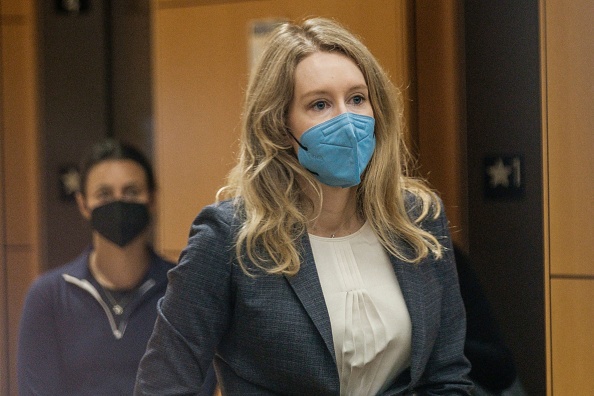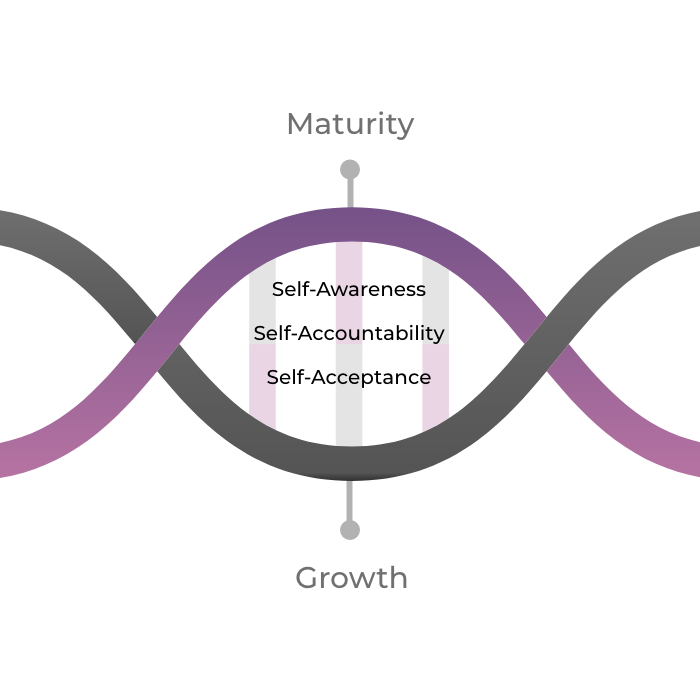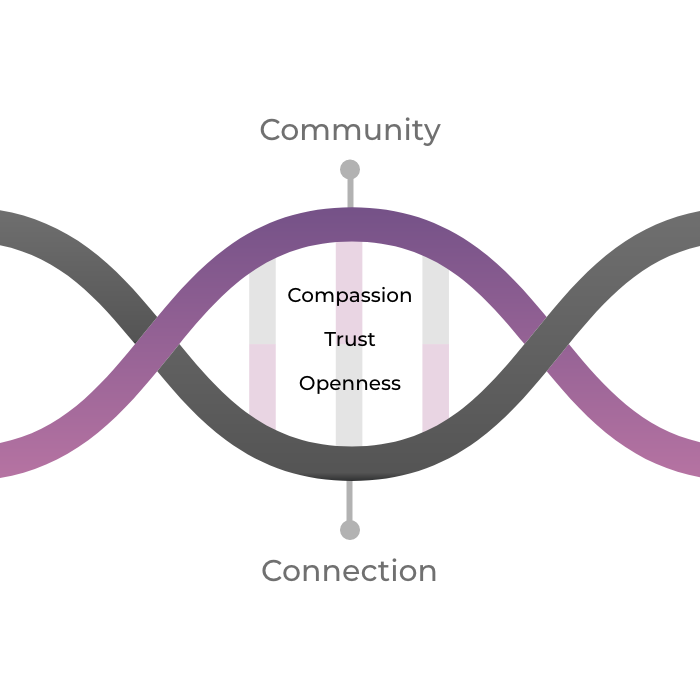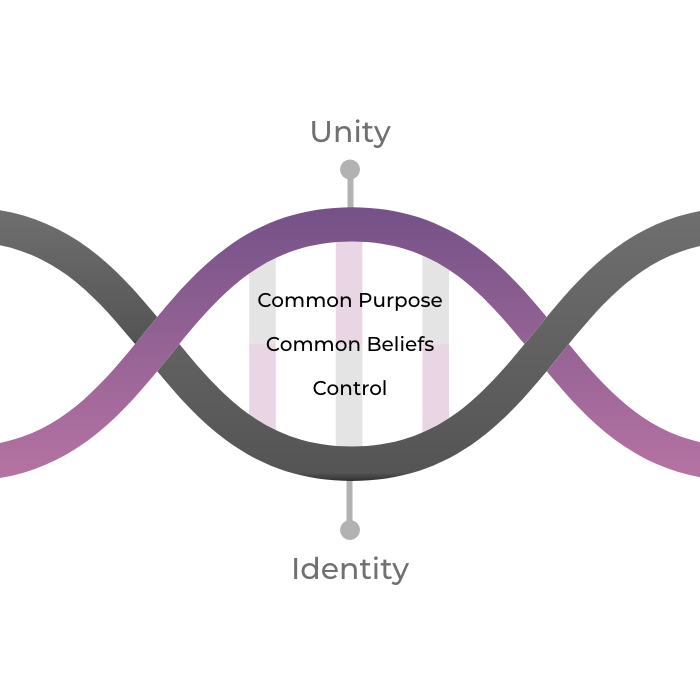Nature vs. Nurture
It’s easy to look at Elizabeth Holmes and fixate on the observable traits that make her seem odd. Her voice (is it naturally that low?), her big eyes (does she blink enough?), or her all-black wardrobe (copying Steve Jobs or is she really different enough because “he wore jeans”?) – it is easy to look at those things combined with the deception and fraud and think: “What a psychopath.”
But this is otherism. This is lacking empathy, and it is lacking understanding. We love to vilify people, which is remarkably sad.
The fundamental attribution error is a conceptual bedrock in social psychology. It is the tendency to look at other’s negative behavior and attribute it to who they are as a person, while simultaneously attributing our own negative behavior to situational factors.
We can say that we do this because we’re self-serving and self-deceived – and I could agree with that. But the other variable here is familiarity. You know more about what is going on for you and the factors of the situation that are influencing your choices than what you know about somebody else’s choices.
So why don’t we stop with the vilifying and the blaming, and see if we can actually seek to understand? Click To TweetCommon humanity is a cornerstone of a self-compassion and self-acceptance, and it recognizes that imperfection is part of the human condition.
When we do that, we start to see that there are multiple cultural forces that influenced her choices. So yes, they were still her choices – AND – there are factors attributed to the system as well.
Did operating in Silicon Valley affect her choices? A place where the ability to attract VC funding was the key to survival? Could that have propelled her from “fake it ‘til you make it” into full-fledged wire fraud? We would say, yes. After all, there are multiple factors at play here. First, fake it ‘til you make it is a behavior especially susceptible to the slippery slope effect. As we wrote in our book, we fail to notice this form of culture creep because we are always creating a “new normal.”
Secondly, if the behavior of fake it ‘til you make it is so common within the Silicon Valley culture, then, for Elizabeth, faking demonstrations and exaggerating the capabilities of her product could seem socially and ethically acceptable. Think of how bribes are viewed culturally in different parts of the world.
Another way to think of this is normalization of deviance, given that this occurred within a broader culture where this type of behavior is not considered acceptable. This is what happened when NASA became comfortable with the foam repeatedly falling off of the external tank with every launch. It became so common, that the “deviation” of foam falling off the tank became “normal” – and it was no longer considered a risk to the orbiter in flight. And that’s what led to the tragedy of STS-107 and Space Shuttle Columbia. The Mission Management Team determined it was not an “in-flight” issue, and they failed to see that the damage was catastrophic. And NASA lost all 7 astronauts on board.
So, while it may be easy for us to stand outside of that culture and say, “I would never do that,” the picture may not have been quite so clear for Elizabeth in the moment. This doesn’t absolve her or make the decisions right, it just helps us to view her as human.
Ingredients for True Innovation
No doubt, Elizabeth Holmes was a visionary. And her vision, while, not successfully executed by Theranos, does appear to be possible. Genalyte, founded by Cary Gunn, is using just a small drop of blood to run tests, including tests to diagnose COVID-19. But innovation is not just having an idea. Innovation is creativity plus implementation.
What was missing at Theranos for true innovation to occur?
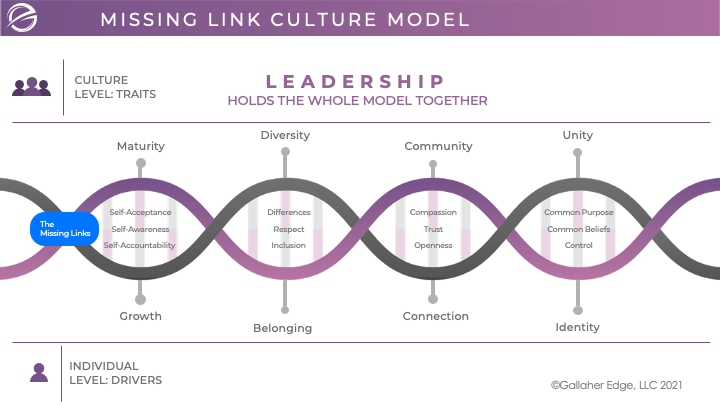
Maturity
In our Missing Link Culture model, Maturity requires the self-acceptance to admit to yourself and others when you don’t yet have a solution, or even know the path. Holmes has been seen quoting Martin Luther King Jr, in his famous line:
You don’t have to see the whole staircase, just take the first step.
If she had the Maturity to hold onto this idea, then she would have had the self-accountability and self-acceptance to let people know that they didn’t yet know the exact path to achieve the vision but they were working on it. Had she done that, much less energy would have been funneled into self-preservation (like stalling the FDA with partial answers to their questions, and hiding the fact that other machines were being used to test the blood samples, instead of the Edison). More energy could have gone into creating the actual solution she envisioned.
Diversity
Diversity requires differences, inclusion and respect. The culture at Theranos, according to former employees was one of disrespect (COO Ramesh “Sunny” Balwani was known to have a temper, yell at people, and fire them on the spot), and exclusion (internal teams weren’t allowed to communicate with each other about what was happening, impeding and slowing problem solving). Ave Tevanian was a board member who held different ideas and perspectives and voiced those to Holmes, and when he started asking hard questions, he was asked to leave the board. Pushing out people who hold a different viewpoint than you creates artificial harmony, which is ineffective and in many cases, dangerous. With Theranos, their products were commercialized and patients were relying on the results for their own well-being. We’re talking about messing with individuals’ health here. It’s critical to keep different perspectives and backgrounds in your organization to make the best decisions and be truly innovative. Also – the type of differences matter. While Holmes created a ridiculously impressive board, there was a shocking lack of medical expertise and experience from the board members, which feels like an important variable for a biotech/healthcare technology company.
Community
One of the whistleblowers from Theranos said it herself: “You need to normalize speaking up.” Openness can be vulnerable, and challenging leaders or telling somebody that their product is failing – these are not easy conversations to have. A culture relies on having trust and compassion between the individuals to get the kind of openness that creates Community. Theranos had a big vision. We love that. Dream big! Believe that anything is possible! But to climb that mountain, you’ve got to do it together. You need that sense of Community, that “we’re in this together” kind of mentality. Otherwise you have in-fighting, politics, turf wars, and silos – all traits of an organization with ineffective culture that is unlikely to achieve its vision.
Unity
To have a culture of Unity requires a common purpose, common beliefs, and control. Theranos no doubt had a clear common purpose, and one that truly inspired the people who chose to join the team. But that’s not enough. The culture of Silicon Valley was one of “boundary-less founders” based on the belief that for true innovation to work, you have to let these visionary founders do whatever they want without inhibition. But this misses the whole point of organizational culture. The idea of single solitary person meditating on top of a mountain and creating a vision is one of the biggest myths of leadership. Truly compelling visions aren’t created by one single mind, especially not visions that become a reality. Every organization needs to have clear mechanisms of control in order to row in the same direction and actually get where they’re going.
Theranos is a case study in organizational culture gone wrong. It is a modern-day tragedy because of the damage wrought to the lives of customers, employees and investors. And it is much more the tragedy because of the incredible resources and potential that were wasted. It is a cautionary tale of what might have been with the right leadership and organizational culture.
We know the power of harnessing talent to innovate and genuinely make the world a better place – but you can’t do it without a highly effective culture. Check out our new book, The Missing Links: Launching a High Performing Company Culture, out now. It’s available for a limited time for only $0.99 on Amazon.
And let us know what you think. What traits have you seen in highly effective organizational cultures?
Ready to take your leadership to the next level? Get your FREE copy of my eBook, Level Up: 3 Steps to Be a Better Leader. Click here to download!

